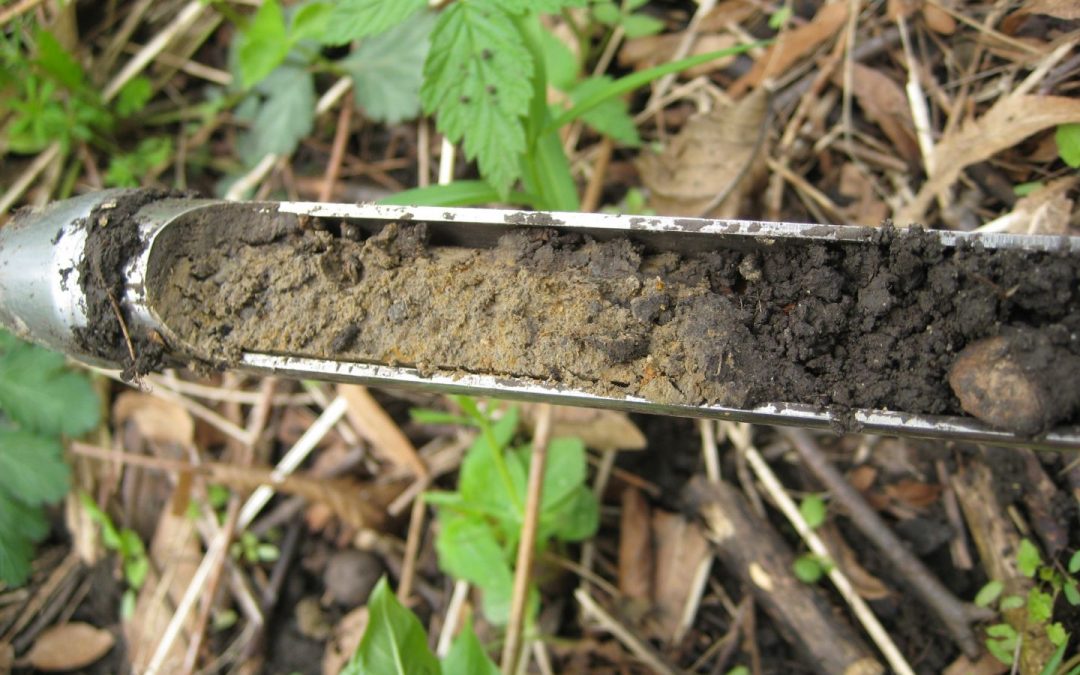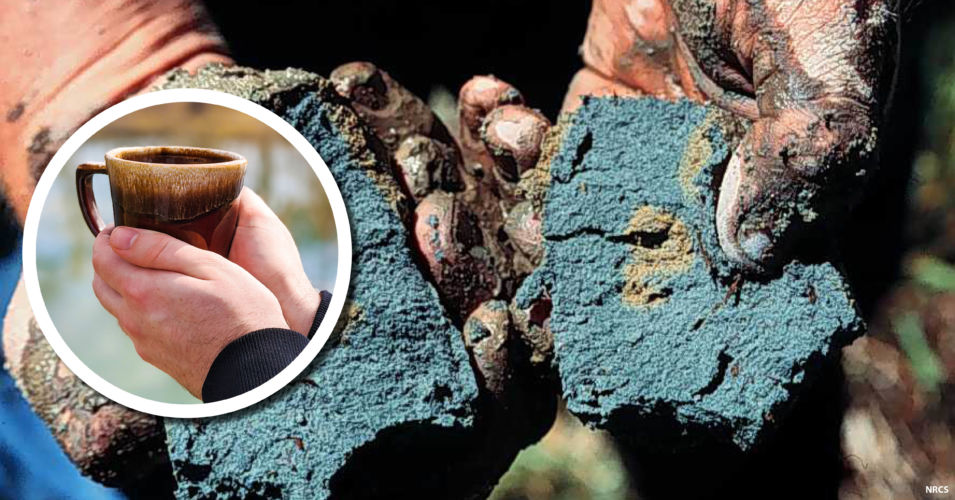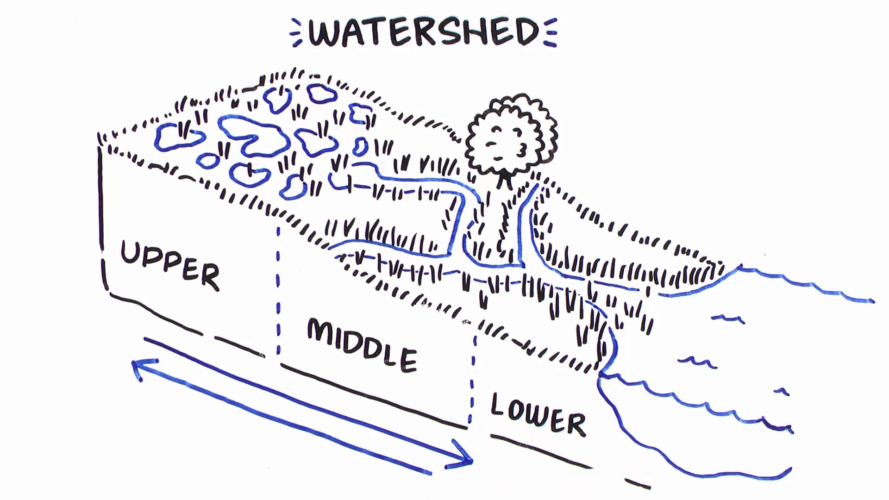Wisconsin has three basic wetland soil groups:
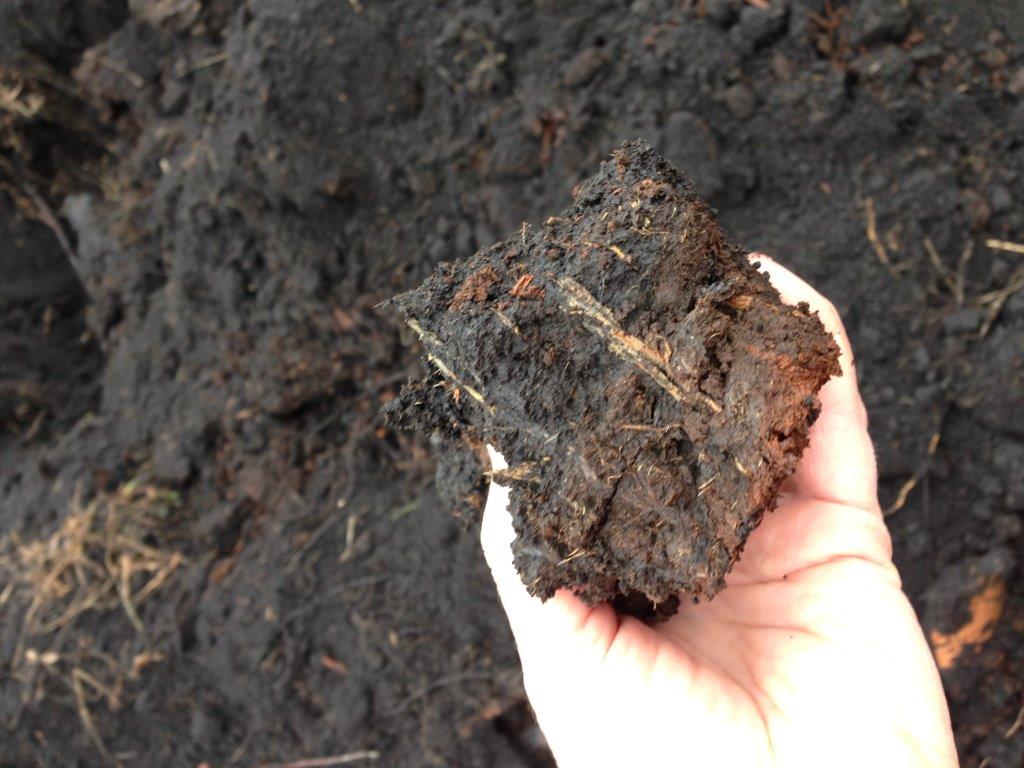
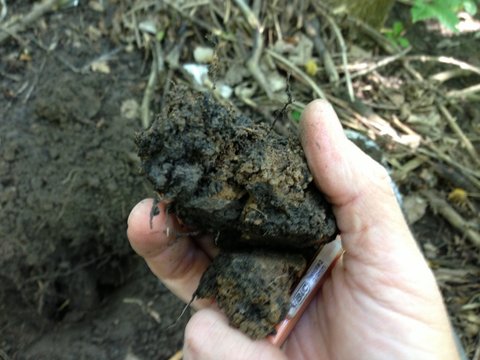
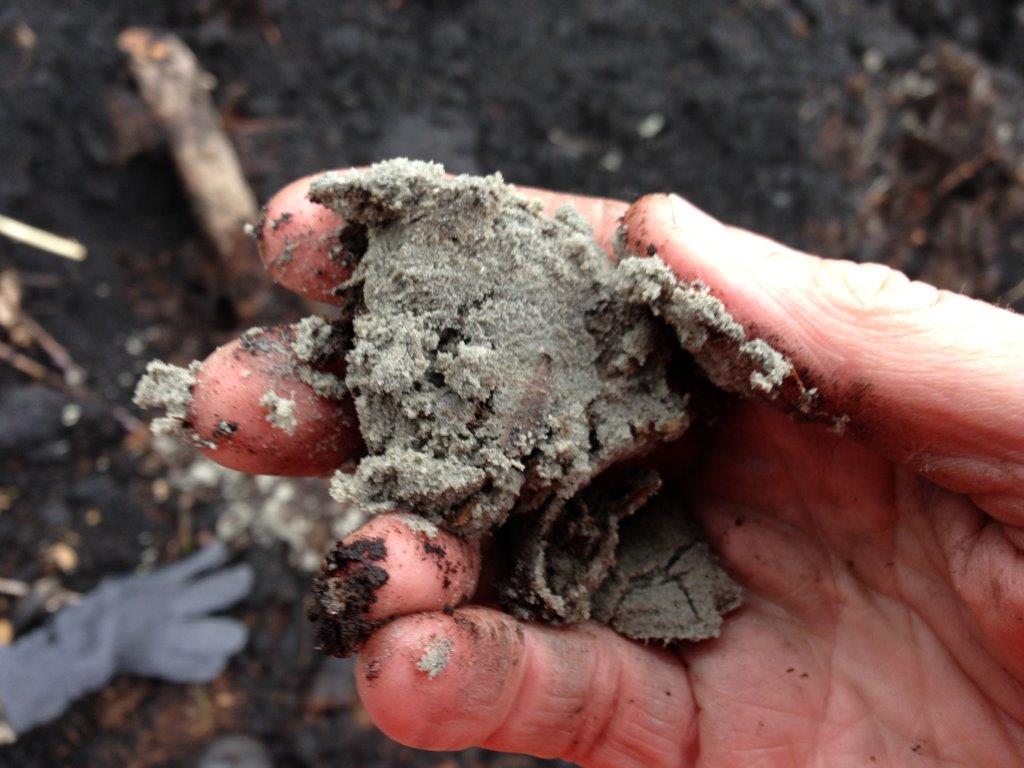
Dig a hole at least 12 inches deep to see different layers of soil made up of varying amounts of sand, silt, clay, or muck/peat. Remember that you might find a variety of soil types within a bigger wetland. If you see lighter-colored soils above dark soils in your wetland, it may be that soils from surrounding uplands have eroded and been deposited on in your wetland. These upland sediments alter water movement in your wetland and potentially introduce harmful nutrients and invasive species seed. Take pictures of your soil and make notes in your field journal about what you see and feel (and smell!) in your soil.
Find more information about soils
To learn more about the soils on your property, visit the Natural Resource Conservation Service Web Soil Survey or the Department of Natural Resource’s Surface Water Data Viewer (look at the “Wetlands and Soils” layer).
Photos by Alice Thompson
Related Content
Wetland Coffee Break: Wetland Soils 101: Way more than just mud on your boots
Wetland Coffee Break: Karst hydrogeology & wetlands

